Are you looking for the one of the best and most popular indoor plant which is ‘Snake plant’ is also called as “Sansevieria Trifasciata” and it is also named as Viper’s Bowstring Hemp, or mother in Law’s tongue or Saint George’s Sword.
This is one of the most demanding and powerful indoor plants which will not only decorate your house but also produce clean and fresh air and will help you to maintain fresh atmosphere in your room house or even in office.
Snake plant benefits mother in law tongue plant care outdoors mother in law tongue plant flower snake plant feng shui
This sansevieria is a popular house plant, well known for its longevity and tolerance of neglect. The fleshy leaves, which grow in a rosette from a thick rhizome, are sword-shaped, sharply pointed, stiff, and very tall; they are deep green, with horizontal bands of lighter gray-green in a pattern which gives the plant its other common name of snakeskin, or snake, plant.
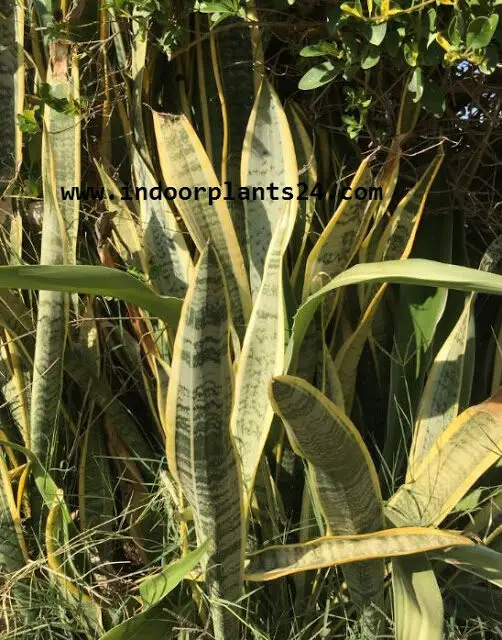
The margins of‘Laurentii,’ which is the variety most commonly seen, are deep golden yellow. Sprays of small creamy white flowers appear only occasionally.
The second type of sansevieria is quite different. It is low-growing and forms a rosette of leaves that lie close to the surface of the soil, seldom growing taller than 6-8in/15-20cm. 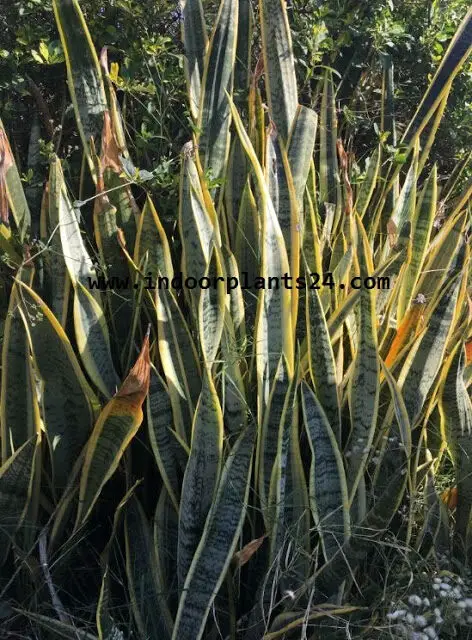
FACT FILE
ORIGIN South Africa.
HEIGHT To 2ft/60cm.
POTTING MIX Soil-based.
REPOTTING Move in spring, only when the roots become too congested in the pot – sometimes they will even crack it. Use a clay pot to provide a stable base for the tall leaves.
PROPAGATION Divide the clump, or separate offsets from the base of the plant, using a sharp knife to cut through the rhizome, and pot them individually.
Otherwise cut a leaf into 2-in/5-cm strips and push these, right way up, into a mixture of soil-based compost and coarse sand in a ratio of 2:1.
The new plants will not have the golden leaf margins of the parent.
KEEPING PLANTS Sansevieria grows slowly and will last for many years.
Snake Plant is a well-known plant for the home decors which is placed in bedrooms, hall or in the front yards. It is not only the home where this plant is grown, but you may allocate it in restaurants or as fencing in some areas. Well! This was the basic initiation. Let’s see what are its benefits and much more detailed material.
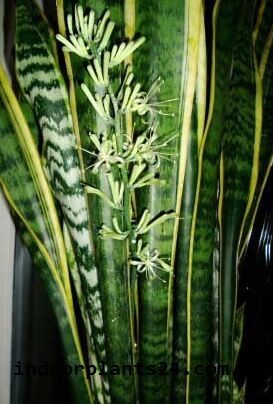
The plant is known for the additional benefit of releasing oxygen during night time. As all other plants are liberating carbon dioxide at night time, snake plant releases oxygen. So it is beneficial if it is placed in bedrooms especially.
The Scientific name of Snake plant is “Sansevieria Trifasciata” and it is also named as Viper’s Bowstring Hemp, mother in Law’s tongue or Saint George’s Sword. It belongs to Asparagaceae Family and found in tropical areas of West Africa.
There are mainly five types of Snake plants: S. Trifasciata (Mother-In-Law’s Tongue), S. Trifasciata (Snakeskin Plant), S. Cylindrica (Spear Sansevieria), and S. Hahnii (Golden Bird’s Nest)
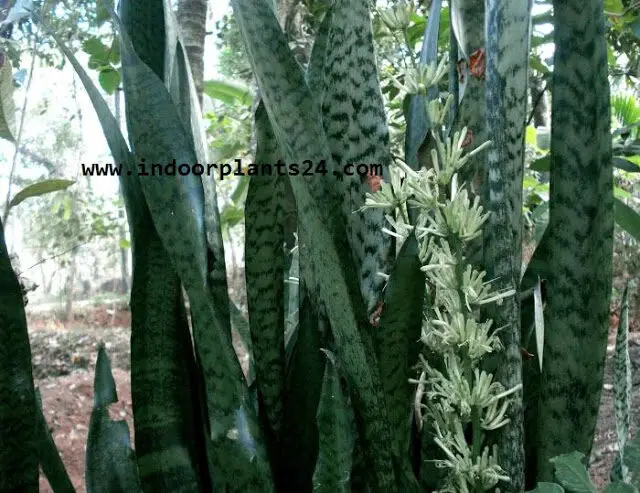
Continuing further with its care and cultivation; I have explained the easy care and gardening of Snake Plant. As there are two sides of the coin, the plant having benefits and it is harmful too.
They help to remove toxic gases like formaldehyde, benzene etc. and freshen up the atmosphere. It contains saponin and that is slightly toxic; this harms the dog or cat leading to GIT disturbance.
Sansevieria – Mother-in – Law’sTongue Snake Plant Appearance:
The plant is grown from rhizomes and raises up to 15-20cm, having sword shape, pointed, stiff and tall. The color of leaves is deep green, with horizontal bands gray-green or some are deep golden yellow.
Flowers are seen rarely having creamy white color. The leaf stays in erectile horizontal position, which can be positioned or placed anywhere in the house.
There is a minor difference in all the different types of Snake plants. The color and the height of this plant have the different shape, height, and color. The detailed description of each plant is mentioned below:
S. trifasciata (Mother-in-law’s tongue) plant is having yellow bands on its edge with different shades and zigzag green bands.
S. trifasciata (Snakeskin Plant) is only in green shades. There are no yellow color stripes observed on the edges.
S. Cylindrica is green in color, having tall and wide leaves than other plant types.
S. Hahnii (Golden bird’s nest) is having very small leaves with yellow and green stripes.
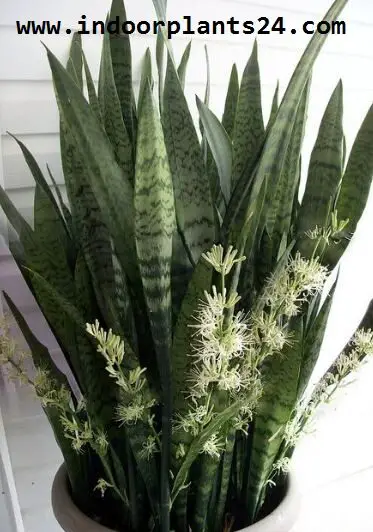
Snake Plants, Mother in Law Tongue Plant Cultivation and Propagation:
Snake plant is cultivated in free draining soil or else you will face decaying of the plant. The plant requires watering very rarely, so don’t pour water into the pot every day. Let it be in the sunlight and hence the plant will grow in the upright straight position.
The Snake plant is grown in the pot filled with free draining soil or the other method is by rooting the snake plant in the water-filled glass pot, which can hold the plant in an upright way. The height of the water pot should be high so that the plant can get support to stay straight.
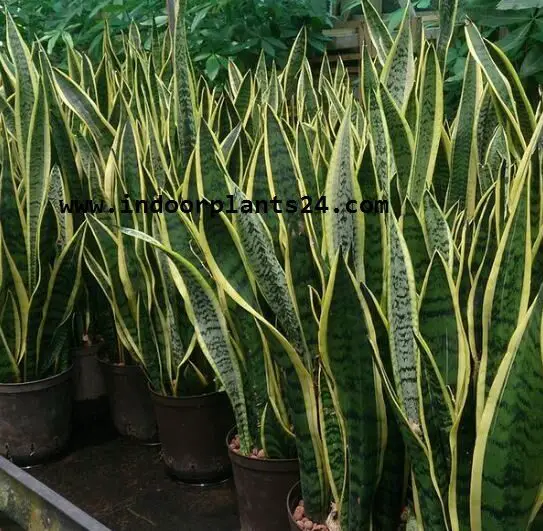 sansevieria trifasciata care
sansevieria trifasciata care
The propagation of the plant is done by three methods: rooting the rhizome, division method, and cutting method. Don’t get screwed up, as I said; I have brought up to you all the information and thus here is the information of both the propagation method:
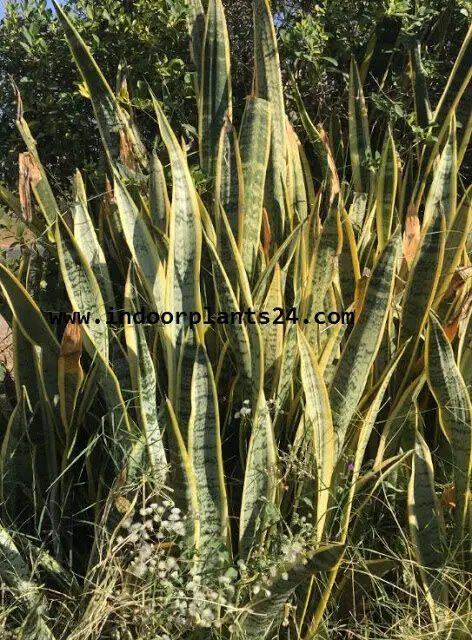 The Rhizome Method:
The Rhizome Method:
The Sansevierias gets spread if it is grown in the garden. Uproot any plant and cut the rhizome part in such a way, that it is very close to the end of the plant itself. Let the rhizomes settled down for 2 to 3 days. Use the clean and sharp cutter to cut the rhizome and place into the plant, rhizomes will be generated sometimes.
By Division Method:
Dig out the plant and divide it into many parts of its root or rhizome part. Cut the plant from its base into several portions individually. Plant those individual cut Sansevierias into separate pots. This will make many plants grow all together and increase its volume or number.
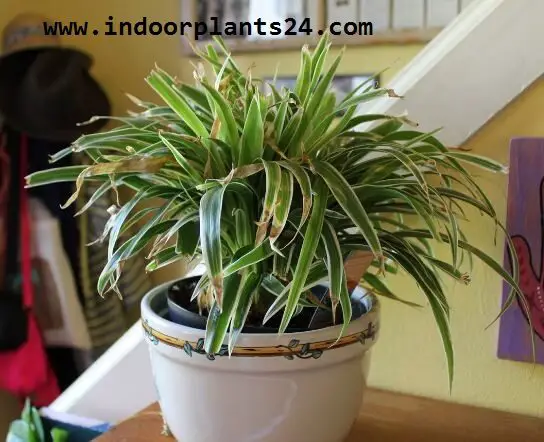
Similarly, you can grow by division method in water too. Cut the plant from its base and place it water covering its quaternary part into the vessel. Within few days, you will observe little roots growing.
Leaf Cutting Method:
This method is not recommended more because it consumes more time for growing and sometimes unsuccessful too. First of all in this method, the color of leaf matters. Anyone strong colored leaf is cut into pieces and placed into the soil. If the leaf is not selected correctly, there might be variation in the color of leaf observed after its growth.
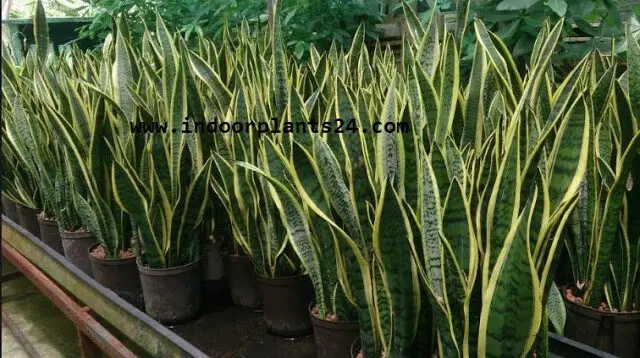
The disadvantage is, you will lose the colored margins of leafs and a single one colored leaf takes place. The cut portion of the leaf is placed in such a way by observing it in growing direction. Place the end of leaf in the perfect manner by planting in the soil. After cutting the leaf and left for a couple of days to heal off, you will get better and fast result sometimes.
Flowering:
S. Trifasciata and S. Laurentii possess flowers that initiate from the heart of the plant. The aim of the flower is to attract the insects and moths, thus leading to pollination. The plant smells slightly similar to Ylang (essential oil).
At night time the smell is strong and daytime, it smells unpleasant. These flowers are observed rarely and sometimes they are purposely not allowed to grow, because of its unpleasant smell and resin dropping issues.
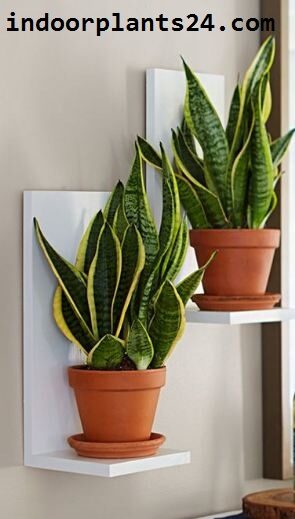
General Description Of All The Types Of Sansevierias:
S. Trifasciata Laurentii (Mother-in-Law’s Tongue):
This plant was originated from western Africa. It is having a height up to 30 inches= 70 cm. It might give poisonous effect to pet animals such as dogs and cats. S. Trifasciata is grown as an indoor plant in the house.
There are several types of S. Trifasciata plants; white-edged leaves, green edged leaves, and golden edges.
The average temperature required for this plant is 60-75°F and it will not exist below 50°F. It can survive in direct sunlight and shade is also provided in some conditions. Do not over water the plant; it may cause decaying of roots and base.
Use succulent soil or draining cactus while potting. Fertilizers are not necessary all times, but once in the season plant is feed by diluted cactus and succulent fertilizers.
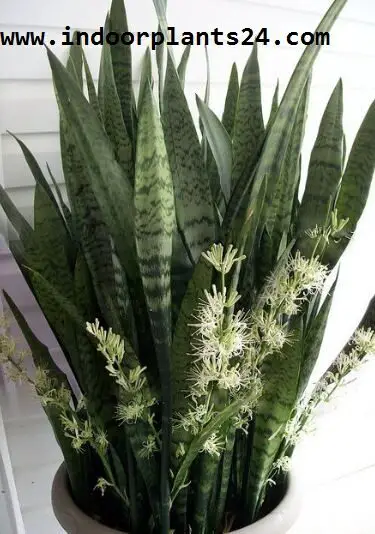
S. Trifasciata (Snakeskin Plant):
The snakeskin plant has green stripes and bands in its color. It has 3-4 feet height, which can be considered as the tall plant. It can survive in bright light, as it does not possess yellow edges; there is not much effect on the edges of the leaves like Laurentii.
Watering is not needed continuously, as it rots by more watering. So let the soil remain dry for a couple of days. In the warm atmosphere, the plant develops finely and gets affected at more than 50°f. The soil and fertilizers that are used are similar to S. Laurentii.
S. Cylindrica (Spear Sansivieria): S. Cylindrica is known by many names; African Spear, Elephant’s Toothpick, Bowstring Hemp, Skyline Spear Sansivieria. The plant is found from Angola and has dense growth, under or above ground. It is slow growing plant… As the name itself suggest the leaves of S. Cylindrica Are cylindrical in shape.
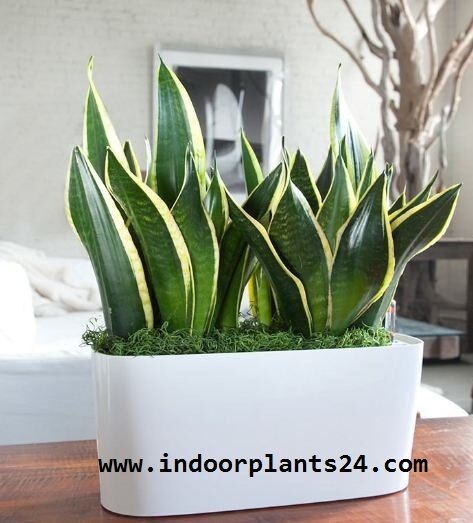
The color of the leaf is dark green or gray and having bands of green color with pointed tips. The length of the leaf is about 3-7 feet and possesses the fan-shape from a base of rhizomes. The growth of the leaf gets stopped, if the tip of it is damaged.
Similarly like the Laurentii and S. Trifasciata, S. cylindrical survives in the sunlight. They can be positioned in any corner of the house where there is direct sunlight or shaded area.
At an average, S. Cylindrica thrives at room temperature from 18-25°C. Watering is performed rarely because it does not require more water for growth and rots if watered continuously.
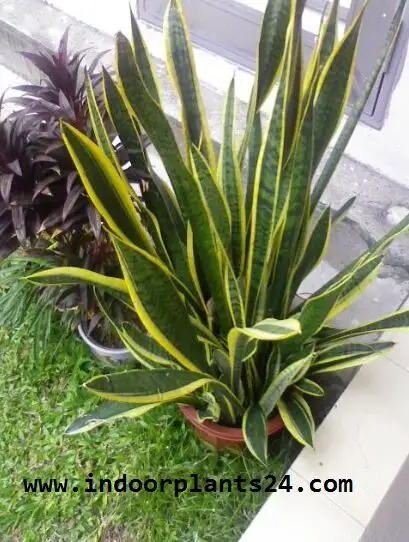
mother in law tongue plant care outdoors
S. Hahnii (Golden Bird’s Nest):
S. Hahnii originated from Nigeria in Western Africa, also known as Golden Hahnii or Golden Bird’s Nest Sansevieria. It is an ornamental plant, positioned in the house or other places. It resembles the shape of the nest and hence named as Golden Bird’s nest.
The height of the leaf is 15-20cm and arranged in rosette shape that gives the very attractive look. The leaves are dark green colored with yellow and creamy stripes on the internal side. The flowers bloom in summer, but the view is very rarely observed. 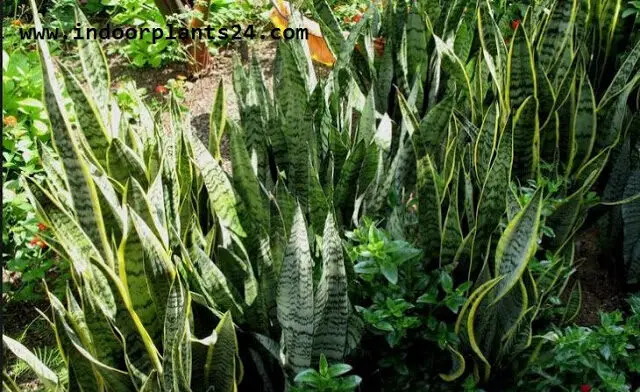 mother in law tongue plant care outdoors Do not over water the plant, it needs water; but water it moderately at the time of growing season. Requires sunlight for its growth and can be grown in partially shady areas. If any part of the plant is ingested, it may cause harm and cause poisoning.
mother in law tongue plant care outdoors Do not over water the plant, it needs water; but water it moderately at the time of growing season. Requires sunlight for its growth and can be grown in partially shady areas. If any part of the plant is ingested, it may cause harm and cause poisoning.
Snake Plants, Mother in Law Tongue Plant Care Guide And Recommended Tips
- Bright light; this plant enjoys full sun.
- A minimum winter temperature of 55°F/13°C; average to warm room temperature at other times.
- Water moderately during the growing season; allow the top lin/2.5cm of the soil to dry out between waterings.
- Give just enough water in winter to prevent the soil from drying out. Do not splash water into the centre of the rosette of leaves, as it will cause them to rot.
- Apply a balanced liquid fertiliser every 4 weeks in the growing season.
ALSO RECOMMENDED
Sansevieria trifasciata ‘I Iahnii’ forms a low-growing, compact, rather spreading rosette, with the relatively broad leaves reaching only about 6in/15cm long.
S.t. ‘Golden Hahnii has broad yellow leaf margins and stripes on the mid green leaves. The silvery leaves of S.t. ‘Silver Hahnii’ arc mottled with dark green.
Sansevieria trifasciata tends to sport, or deviate from the usual type, so many different cultivars exist; this is S.t. ‘Craigii,’ a mutant ^‘Laurentii.’
Yellow leaves may be caused by rotting at the base of the plant, which is nearly always a symptom of over watering.
Do not repot plants until the clumps of stems are virtually bursting out of their pots.
A heavy, fairly wide container is necessary to balance the tall top growth; otherwise, the plant will topple over frequently, particularly in winter, when the soil must be kept fairly dry.
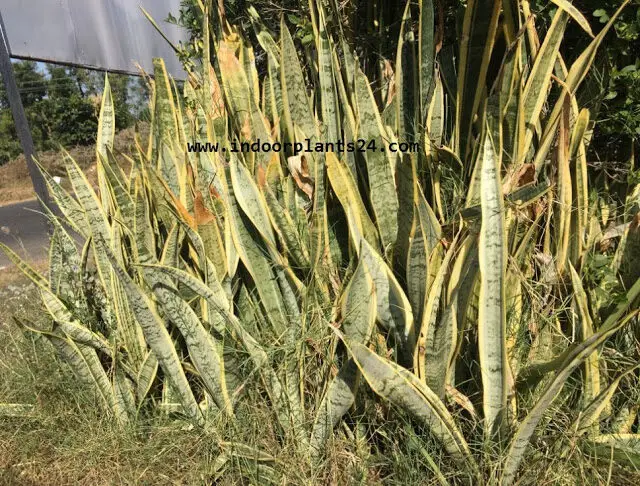
Well! This was the detailed information of the Snake Plant. I hope you will enjoy planting this Snake Plant in your house or front/back yards. This plant will surely make sensible use in your house and contribute to home décor ideas.
The finest concern of this plant is if you forget or miss watering to Snake plant; there will not be more effect or harm caused to it. So grow this plant and refresh the atmosphere around you.
